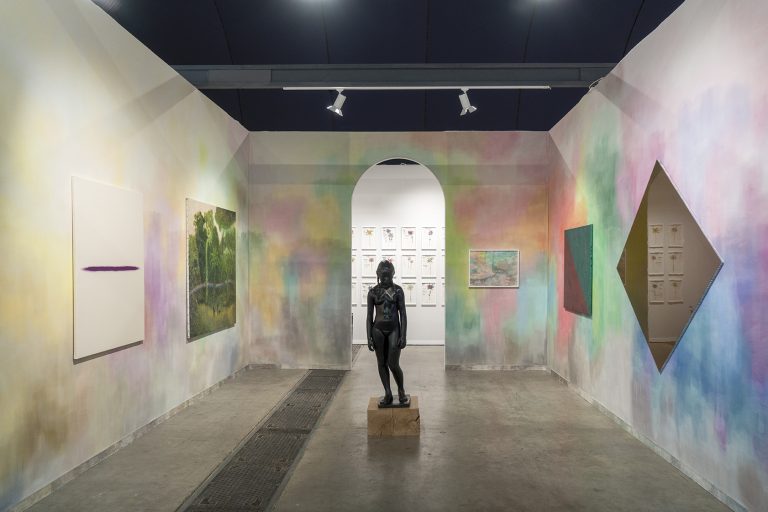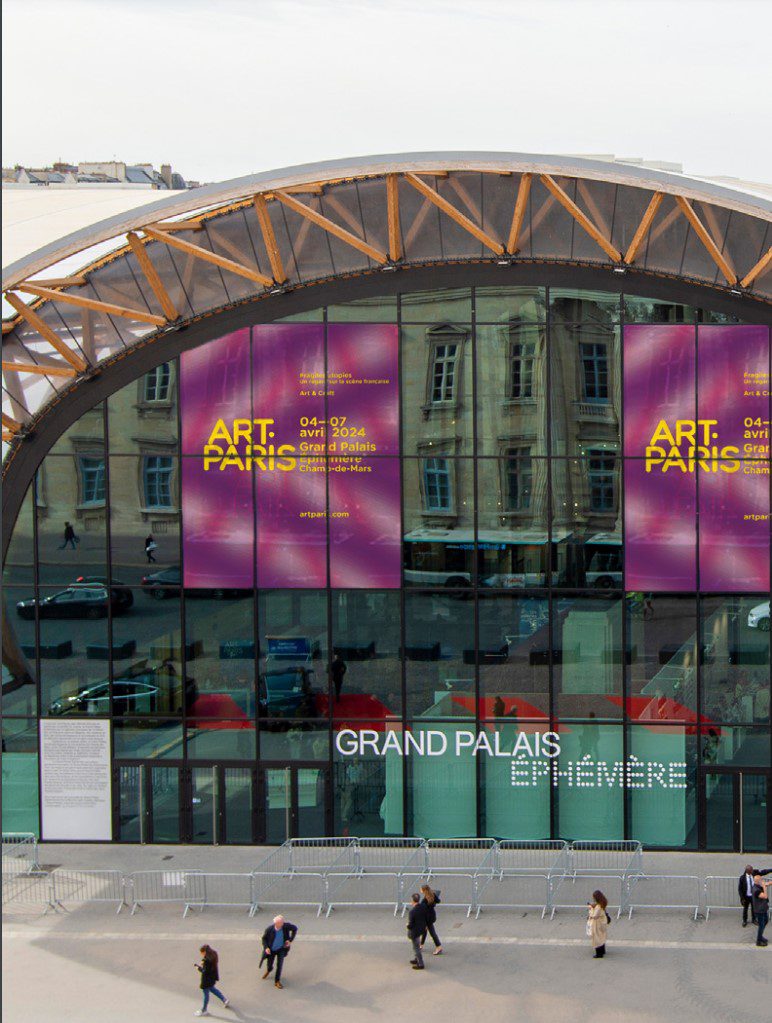
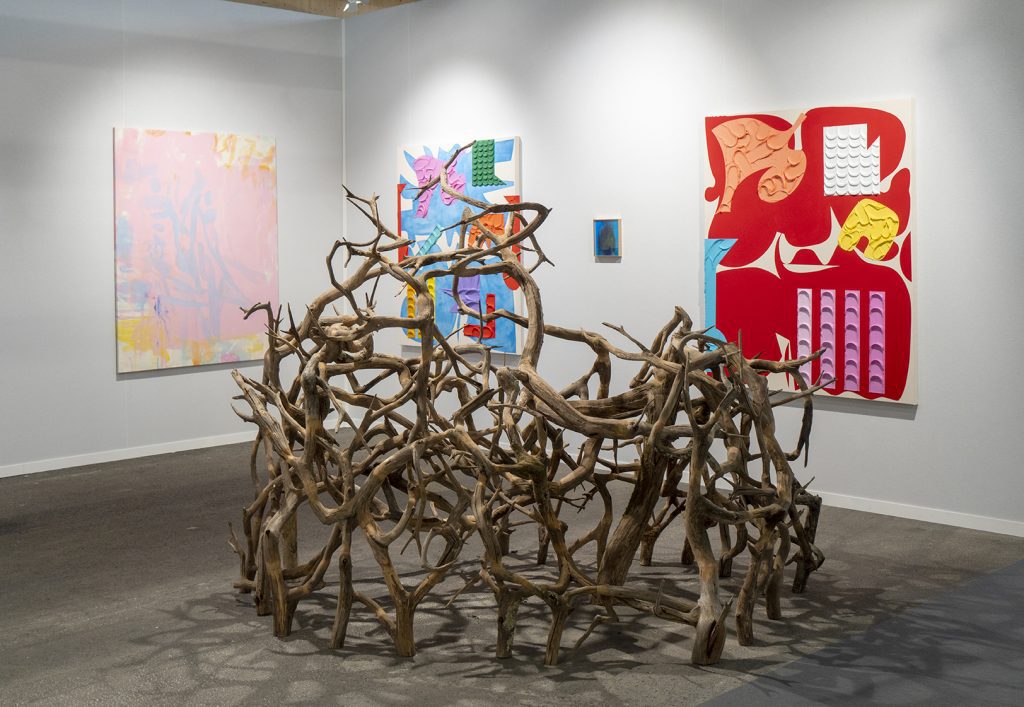
Art Paris 2024 shines as a beacon of artistic innovation and cultural exchange, casting light on the vibrant display within the historic Grand Palais Éphémère from April 4th to 7th. In its 26th edition, Art Paris showcases a curated selection of 136 modern and contemporary art galleries from 25 countries. This year, the main themes of the event are “Fragile Utopias: A Focus on the French Scene,” curated by Éric de Chassey, and “Art & Craft,” curated by Nicolas Trembley.
Central Figures of the Art Fair
Art Paris 2024 heralds a new era of artistic excellence and international cooperation. The fair’s dedication to exploration is underscored by the inclusion of 136 carefully selected galleries, reflecting a notable global presence. Of these, 42 are debutants, bringing forth fresh perspectives and narratives. Sixty percent of the participating galleries hail from France, showcasing a diverse array of French art spanning both established and emerging modern and contemporary art scenes. The remaining 40% represent international entities, including renowned galleries from New York, Kenya, Iran, and the United Kingdom.
Curatorial Themes and Highlights
This edition of Art Paris is distinguished by its exploration of two central themes, each led by guest curators.
1. Fragile Utopias: A Focus on the French Scene by Éric de Chassey
De Chassey, who serves as the director of the Institut National d’Histoire de l’Art, a professor at the École Normale Supérieure de Lyon, and the former director of Villa Médici: The French Academy in Rome, curates the exhibition “Fragile Utopias.” This thematic exploration delves into the French artistic landscape through the lens of 21 selected artists. The theme centers on utopias as transient and precarious models for perception and action within today’s evolving societal and global contexts.
2. Art & Craft by Nicolas Trembley
Drawing inspiration from the historic Arts and Crafts movement, Trembley’s approach celebrates the melding of thought, gesture, and craftsmanship in modern and contemporary art. The theme highlights how artists have embraced and reinvented traditional crafts, presenting approximately twenty international artists who embody this fusion within the fair’s expanse.
A noteworthy addition to this year’s fair is the introduction of the BNP Paribas Private Bank Prize, a collaboration with Art Paris’ premium partner to support the French art scene. The €30,000 prize underscores the fair’s commitment to nurturing talent and innovation within the French artistic community.
Art Paris 2024 is more than an art fair; it is a dynamic platform where art, culture, and creativity converge to celebrate diversity and artistic expression. With its selection of galleries, insightful curatorial themes, and initiatives to support the art community, the fair continues to pave the way for a future where art fosters a global dialogue that is more necessary today than ever before.
Artists, galleries, and projects worth paying attention to:
JEAN-MARIE APPRIOU (represented by PERROTIN)
French sculptor Jean-Marie Appriou conjures fantastical realms through his sculptures. Based in Paris, he wields diverse materials like aluminum and glass to craft dreamlike figures blurring the lines between human, animal, and plant. His creations transcend time, hinting at transformation and the interconnectedness of air, water, and earth. This recurring theme reflects on humanity’s place within nature. Appriou’s mastery lies in capturing movement – figures morph, seemingly defy gravity, or emerge from the unknown. This dynamism invites viewers to delve into the narratives whispered by each sculpture. His meticulous detail is captivating, from the textured feathers of fantastical birds to the otherworldly surfaces of morphing figures. This dreamlike quality is a hallmark of Appriou’s work, which has earned him a place in prestigious collections worldwide.
MATHILDE DENIZE (represented by PERROTIN)
Painting in the form of a picture in a frame has played a minor role in Denize’s work for a long time. The artist has primarily focused on assembling and transforming found objects, often discarded, to save them from neglect. She occasionally incorporates casts of body parts into these configurations of varying sizes. Although technically incorrect, it could be argued that she turned to exploring clothing as a means of returning to painting. She takes fragments from her old canvases, where layers of paint blend together, and uses them to create costumes for performances or display on walls. These costumes serve as a reminder of their past existence and evoke images of future lives. The production of paintings with a more traditional aspect follows the same principle of assembly and reuse. They refuse stable forms and instead evoke ghostly presences that are open from the inside and slide into each other. This display of false tranquillity avoids categorical assertions in favour of suggestion and fluidity.
JEANNE VICERIAL (represented by GALERIE TEMPLON)
Jeanne Vicerial initially studied to become a costumier before focusing on fashion design. In 2019, she made history by becoming the first person in France to earn a PhD in fashion design under the Sciences, Arts, Creation and Research program at the École des Arts Décoratifs de Paris. Her thesis challenges the design mechanisms of modern clothing and suggested an alternative to the made-to-measure/ready-to-wear dichotomy that is often associated with fast-fashion culture. To further her research, she collaborated with the mechatronics department at the École des Mines de Paris to create a patented, automated process that can produce made-to-measure garments without any fabric waste. Jeanne Vicerial’s garment sculptures draw inspiration from tomb effigies and shift between mediaeval and futuristic forms. Using a single black thread measuring several hundred kilometres that mimics muscle fibre, her human anatomy-inspired figures exude a powerful presence in the exhibition space. Her unsettling baroque creations connect design, craft, fashion, art, and science, redefining how we perceive the female body and its role in society.
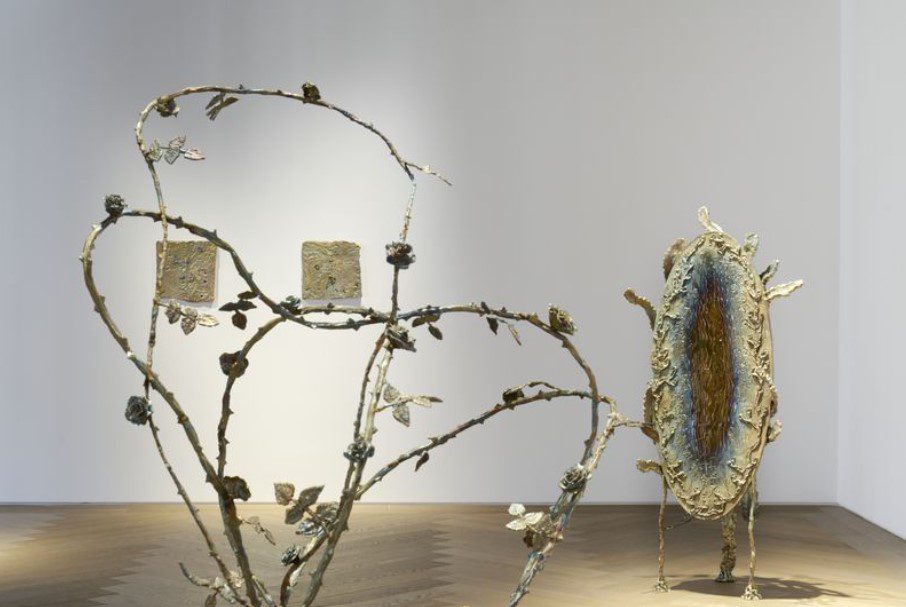
Liquid Metal Dream exhibition view, 2022
Photography by MENGQI BAO
Couryesy of PERROTIN and the artist
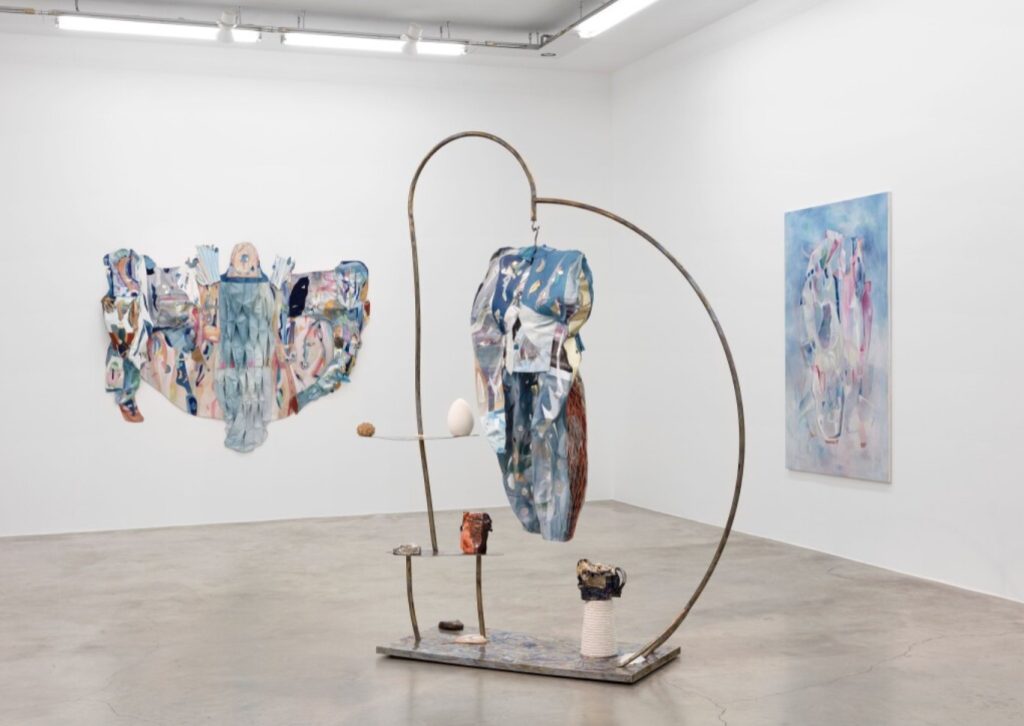
Never ending Story exhibition view, 2023
Photography by CLAIRE DORN
Courtesy of PERROTIN and the artist
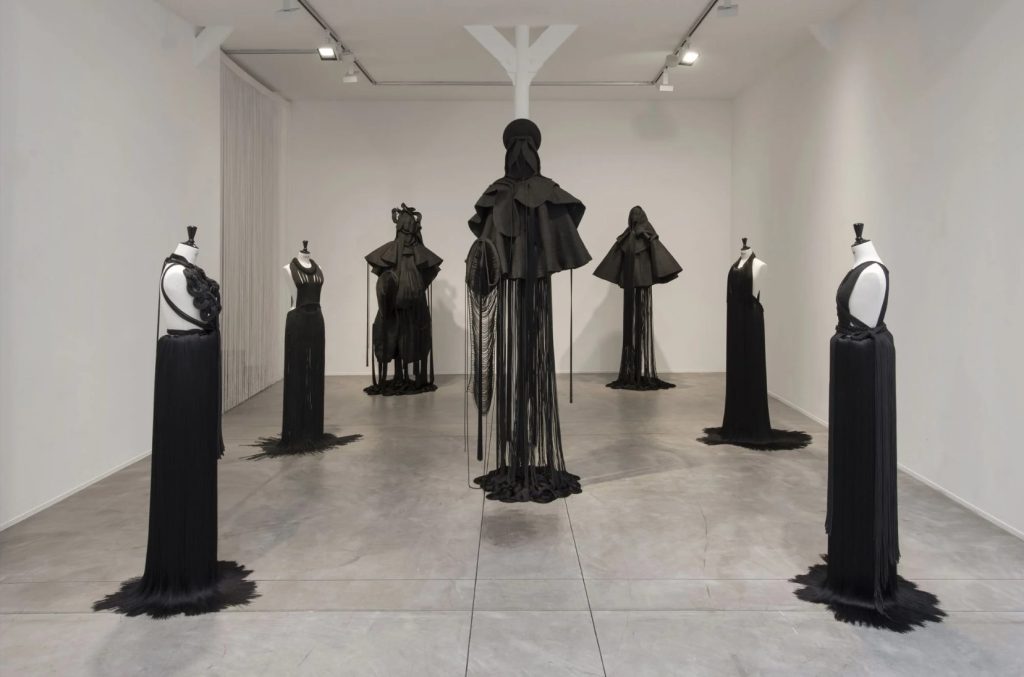
Présences exhibiton view, 2022
Photography by ISABELLE ARTHUIS
Courtesy of TEMPLON
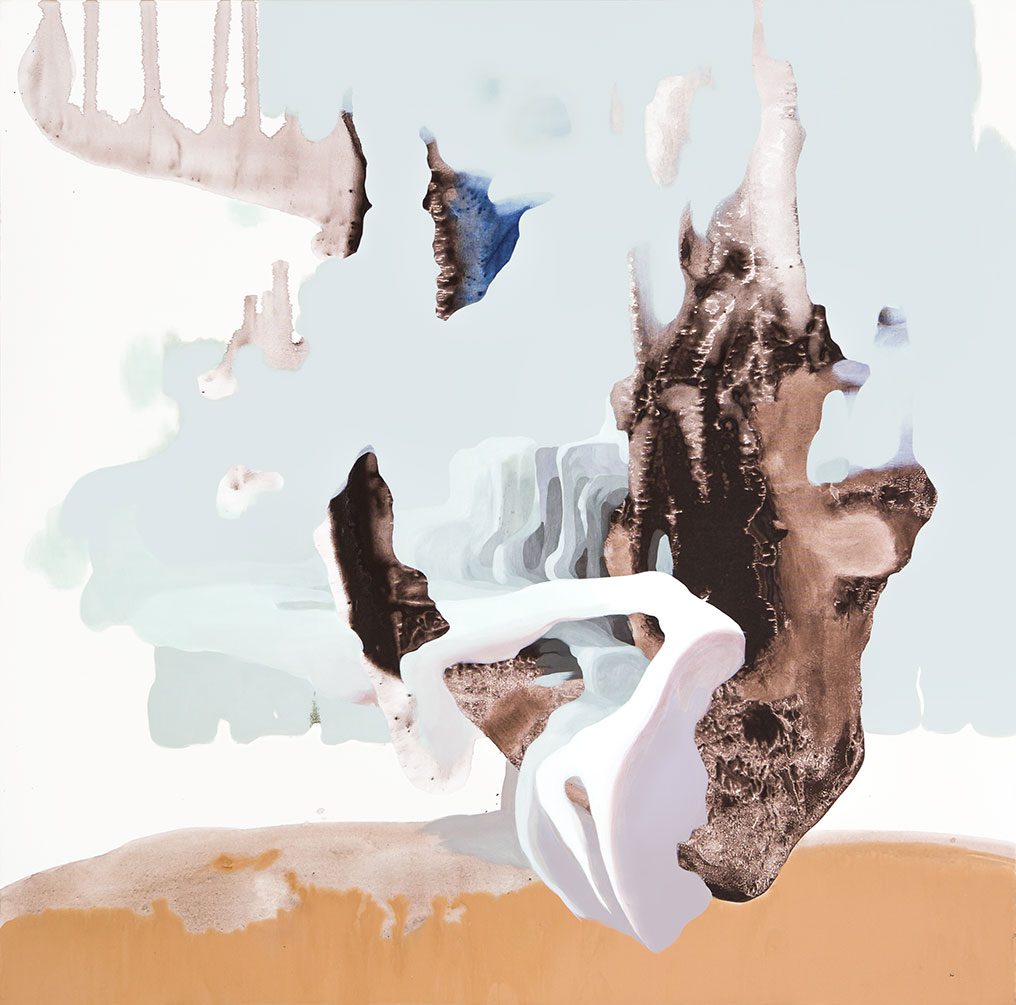
Faut passer par là, 2022
Courtesy of GALERIE MARIA LUND and the artist
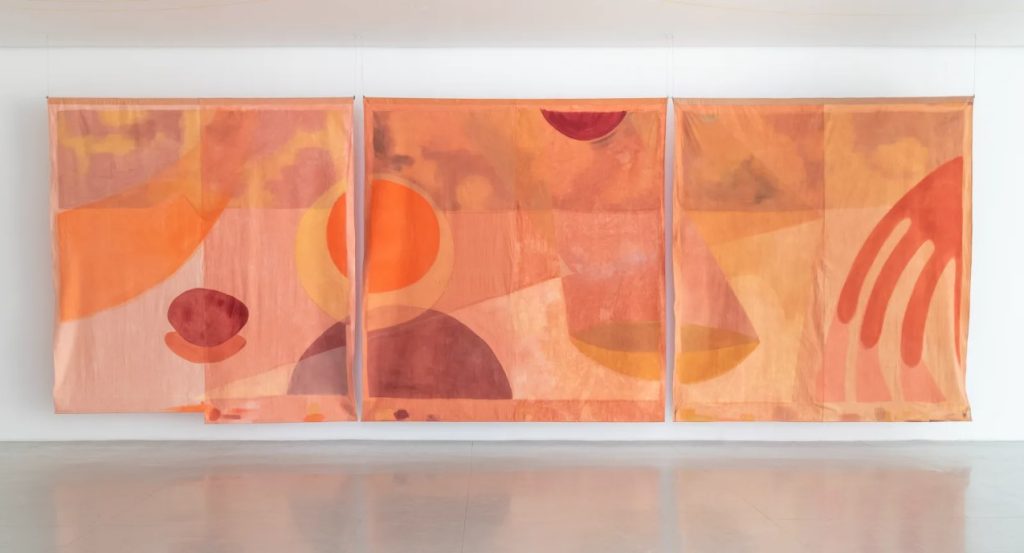
Palabras dulces y fuertes como aroma de orquídeas, 2020
Courtesy of MAÂT GALLERY and the artists
JUNG-YEON MIN (represented by GALERIE MARIA LUND)
Min Jung-Yeon, born in South Korea, has regularly exhibited in galleries across Asia, Europe, and the Orient since 2004. Her art captures the fleeting and overwhelming aspects of nature, from a light mist that quickly dissipates to an imposing shape that engulfs, suffocates, or devours. Min’s lifelong observation of nature has led to her interest in science, particularly space exploration. Min Jung-Yeon is deeply attached to her Korean heritage, a country torn between consumerism and tradition, where shamanistic roots remain deeply ingrained. She is comfortable working in every dimension, from the infinitely small to the monumental, creating drawings, paintings, volumes, and installations. Her delicate world is never static, blurring the lines between reality and imagination. Her works are scenic and composed in a frontal style. The works capture the viewer’s attention, leaving them breathless with anticipation. They express the artist’s intimate being and her connection to contemporary history.
CELESTE (represented by MAÂT GALLERY)
Aan artist duo composed by María Fernanda Camarena and Gabriel Rosas Alemán. Using a variety of media to create immersive installations, the duo transforms exhibition spaces into intimate, constantly evolving experiences. Everyday life becomes the canvas, blurring the boundaries between artwork, audience and space. Their abstract vocabulary draws on geometry to express the interplay between the inner self and the world. The artwork itself becomes a balancing act, inviting collaborators and viewers into an intimate exchange. Elements such as ethereal bodies, architectural planes and the human figure create a unique visual language that resonates across media. Rather than fixed installations, Celeste create portable, immersive paintings. Imagine pavilions that adapt to any space, inviting temporary communities to gather and participate in a transformative ceremony. Art goes beyond contemplation – it’s about sensory and emotional engagement, fostering a welcoming space for artistic exploration.
Mexican painter Rafael Uriegas combines classical themes with contemporary styles. Raised in Mexico City and artistically trained at La Esmeralda and UAEM universities, Uriegas has been gaining recognition since 2014, winning awards and exhibiting in prestigious museums such as MACO. His paintings, held in collections across North America, draw on religious references, myths and everyday experiences to tell abstract stories. Inspired by both the rich history of Latin American art and diverse artistic movements from the Renaissance to the avant-garde, Uriega’s work explores the essence of life. He has recently delved into the ancient art of fresco painting, creating immersive murals on architectural structures, as seen in his work for the Historical and Ethnographic Museum of Caborca. Currently based in Cholula, Mexico, Uriegas continues to push the boundaries of artistic expression.
Leyla Cardenas’ work explores notions of absence, memory, history, destruction and accumulation through extractive processes that create large-scale, delicate installations that embody the elusive notion of time tangible. Addressing the weight, length and accumulation of time, Cardenas’ method involves the removal of layers from the surfaces of old, unattended buildings and the subsequent reconstruction of fragments that bear witness to an erased past. In an act of resistance to oblivion, Cardenas embraces destruction, literally bringing into her work layers of time and history that inevitably reshape the present. The attempt to understand the passage of time from an archaeologist’s point of view leads to the realisation that the layers that make it up are always present; the oldest layer is inevitably connected to the surface. As a simulator and an archaeologist, Cárdenas seeks to make visible both the fragmentation of time and its convergence.
Since 2010, 313 has established itself by introducing various Western artists to Korean audiences, while gaining recognition in the global art scene by showcasing artists such as Kiwon Park, Lee Wan, Je Yeoran, Gigisue and Woo Kukwon through international art fairs and group exhibitions. 313 ART PROJECT will open a new exhibition space in Paris in 2019 to introduce the multifaceted dimensions of the Korean art scene to the rest of the world. The first solo exhibition of Woo Kukwon in France will be held in October 2022, followed by the solo exhibition of Lee Kun-Yong. Through continuous efforts, including not only exhibitions but also various collaborations with major art institutions and corporations, 313 strives to demonstrate the positive effect that art contributes to society.
Dedicated to contemporary art and design, Galerie Véronique Rieffel presents works by artists from the Middle East and the African continent, as well as Western artists who have established strong links with these regions of the world. Founded by Véronique Rieffel, a curator who divides her time between Abidjan and Paris, the gallery’s aim is to participate in and contribute to the new dynamism and organisation of the cultural landscape of these regions, and to enrich the knowledge of these artists and their cultural backgrounds. A multidisciplinary programme, both on site and in partnership with other institutions, will be developed around major artistic events in the different regions.
Located in Paris and Brussels, Galerie La Forest Divonne represents artists from different backgrounds and styles. The gallery serves as a platform for contemporary art, fostering a space where diverse artistic expressions can thrive. The gallery specialises in contemporary art, representing a range of artists from established figures of the 1960s and 1970s to young and emerging talents and is recognized for its commitment to showcasing a wide range of art forms and artists, offering a multi-faceted and inclusive artistic experience for its visitors,
Founded in 2021, Hunna Art champions a new generation of women artists from the Arabian Peninsula. Represented artists explore personal experiences alongside dominant representations and subjectivities, tackle critical themes: power dynamics, gender identity, the region’s history, social issues, and youth culture. The gallery emerged from two key observations: a lack of regional artists in local and international markets, and a dearth of women’s voices in the global art scene. With a deep appreciation for the richness of the Arabian contemporary art scene, Hunna Art meticulously curates a roster of fifteen artists. In just two years, Hunna Art has established itself as a crucial platform for women artists from the Arabian Peninsula. They’ve organized numerous exhibitions in partnership with art venues and secured collaborations with international platforms and artist residencies.
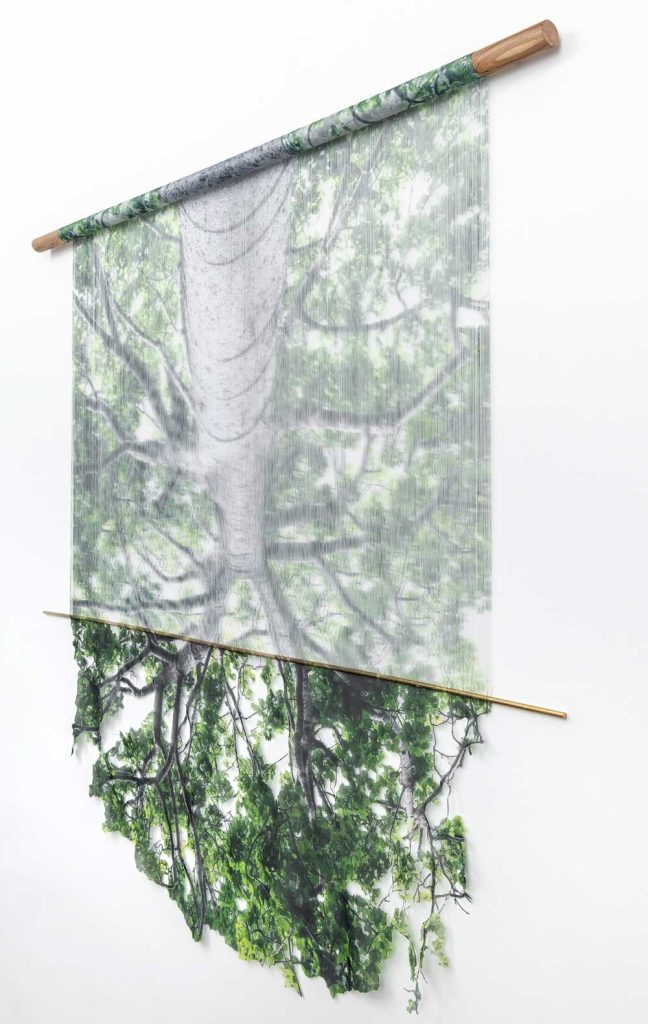
Tropismo Macondiano, 2023
Photography by NICOLÁS JACOB
Courtesy of the Artist
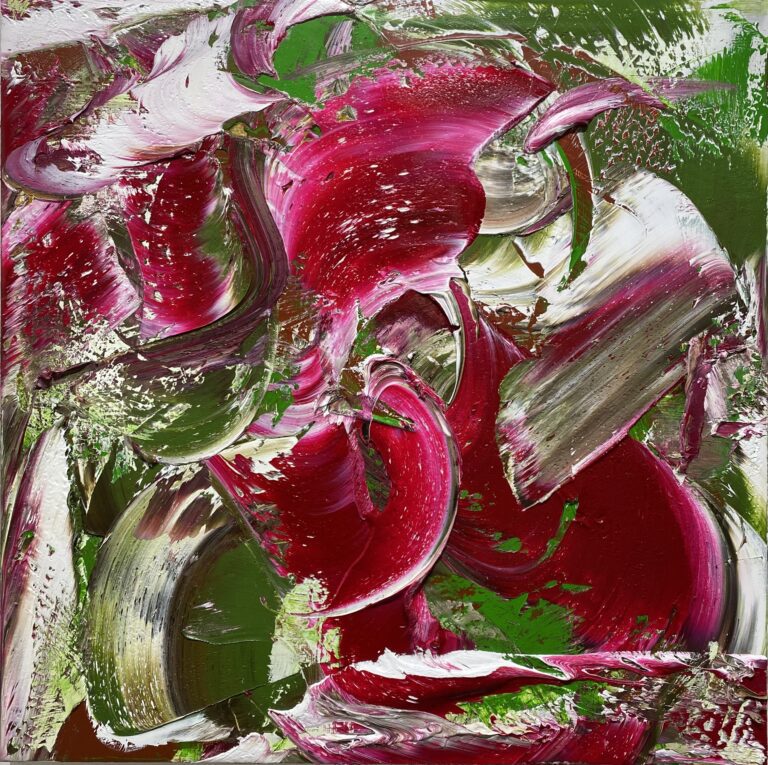
Usquam Nusquam, 2022
Courtesy of 313 ART PROJECT and the artist
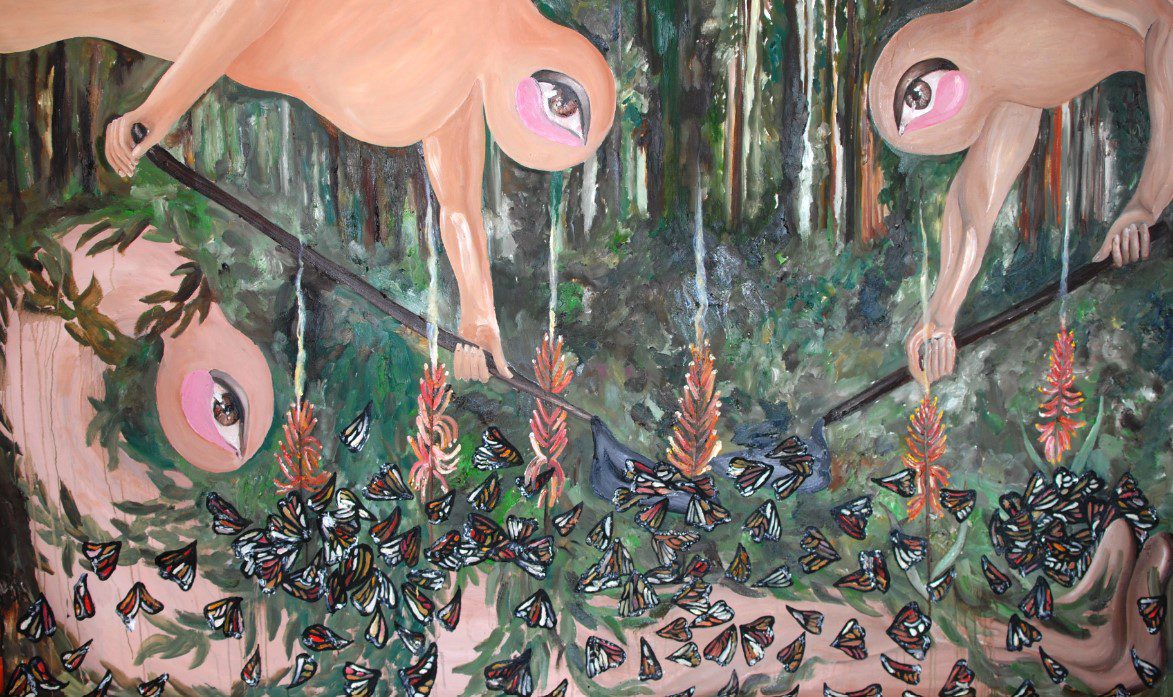
Your Collections Will Bury The Sorrows of My Past (My Forest Will Grow For A Lifetime), 2024
Courtesy of HUNNA ART and the artist

